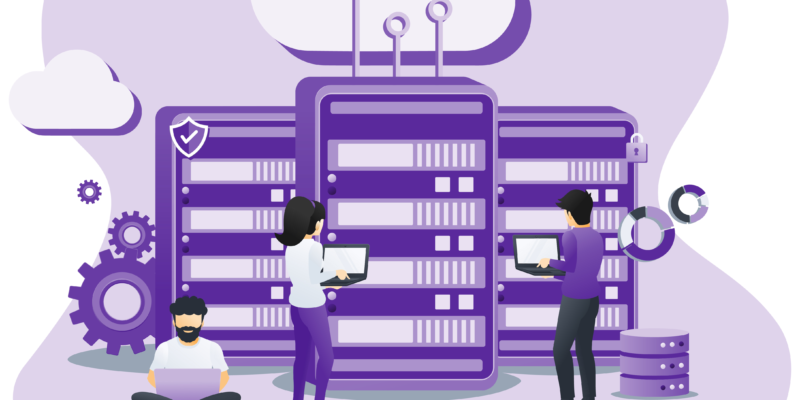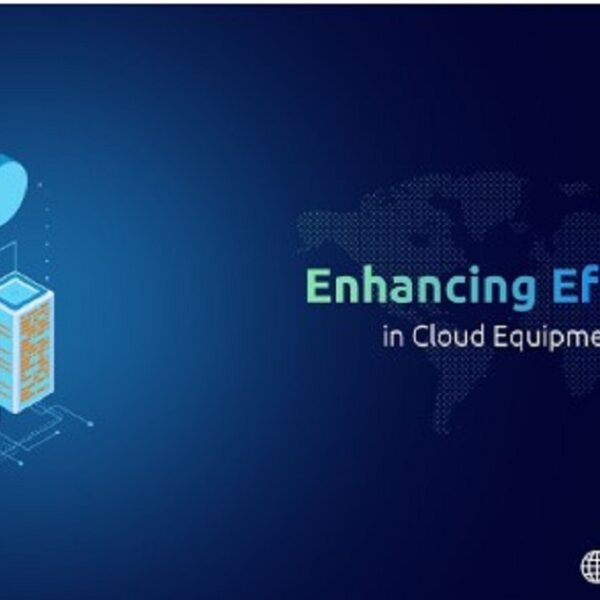
When it comes to managing Docker containers, developers often find themselves at a crossroads: should they utilize a Docker Manager or stick to manual container management? Each approach offers distinct advantages and drawbacks, and the choice can significantly influence your development workflow, scalability, and overall efficiency. In this article, we’ll delve deep into the key aspects of both methods to help you determine which is better suited for your specific needs.
Understanding Docker Container Management
Before diving into the comparison, let’s briefly outline what Docker container management entails. Docker is a powerful tool that allows developers to package applications into containers—lightweight, standalone units that include everything needed to run the software. This containerization makes applications portable and consistent across various environments, from development to production.
Manual Container Management
Manual container management involves using Docker’s command-line interface (CLI) to create, deploy, and manage containers. Developers execute commands to build images, run containers, and handle networking and storage. This method demands a comprehensive understanding of Docker commands and best practices.
Docker Manager
In contrast, a Docker Manager provides a graphical interface and additional features that simplify container management. It automates many tasks, offering tools for orchestration, monitoring, scaling, and security, among other functionalities. Popular Docker Managers include tools like Docker Swarm, Kubernetes, and Portainer.
Ease of Use
Docker Manager
One of the most significant advantages of using a Docker Manager is its user-friendly interface. These tools often feature dashboards that display the status of containers, resource usage, and other vital metrics at a glance. This visual representation makes it easier for developers of all skill levels to manage containers effectively.
For example, in a Docker Manager, you might simply click a button to deploy a new container or scale an existing one. This ease of use reduces the barrier to entry for team members who may not be as experienced with command-line tools.
Manual Management
On the flip side, manual management requires a firm grasp of Docker commands. Developers must remember the syntax and parameters for each command, which can be daunting for newcomers. While experienced users may find manual management straightforward, it can become cumbersome and error-prone, especially for complex tasks.
Automation and Efficiency
Docker Manager
Automation is where Docker Managers truly shine. With integrated CI/CD pipelines, a Docker Manager can automate the build, test, and deployment processes. For instance, whenever a developer pushes code to a repository, the Docker Manager can automatically build a new image, run tests, and deploy it to production—all without manual intervention.
This level of automation not only speeds up the release cycle but also minimizes the risk of human error. Teams can focus more on development and less on repetitive administrative tasks, which is crucial in today’s fast-paced development environment.
Manual Management
In a manual setup, most tasks are performed sequentially and require significant time and effort. While you can create scripts to automate some processes, the lack of built-in automation features means that you may end up spending more time managing than actually developing.
For example, if you need to update a service, you’ll have to stop the current container, pull the new image, and start a new container—all while ensuring that the process doesn’t cause downtime. This manual intervention can lead to inefficiencies and potential mistakes.
Scalability
Docker Manager
Scalability is another area where Docker Managers excel. They provide built-in tools for scaling applications up or down based on current resource needs. For instance, if your application experiences a spike in traffic, a Docker Manager can automatically spin up additional containers to handle the load, distributing the traffic evenly.
This capability is particularly beneficial for businesses that experience fluctuating workloads, as it allows them to maintain optimal performance without requiring constant manual adjustments.
Manual Management
Scaling manually can be a complex and time-consuming task. In a manual environment, you would need to execute several commands to adjust container counts, allocate resources, and update configurations. This process can be prone to errors, especially during high-pressure situations where quick adjustments are necessary.
Imagine a scenario where your application suddenly gains traction. In a manual setup, you may find yourself scrambling to scale up your containers while customers experience slow load times or outages. In contrast, a Docker Manager would automatically handle this scaling, ensuring a seamless user experience.
Monitoring and Logging
Docker Manager
Monitoring is crucial for maintaining application health, and Docker Managers often come equipped with integrated monitoring and logging tools. These features allow you to track performance metrics, resource utilization, and logs in real time.
For instance, if a container starts consuming excessive CPU or memory, you can quickly identify the issue and take corrective action before it impacts users. This proactive approach is invaluable for maintaining high availability and performance.
Manual Management
While monitoring can be set up manually, it often requires additional tools and configurations, such as setting up Prometheus for monitoring or ELK Stack for logging. This fragmentation can make it difficult to get a comprehensive view of your containers’ performance.
In a manual environment, if something goes wrong, you might find yourself digging through various logs and metrics across multiple systems, leading to increased downtime and slower troubleshooting.
Collaboration
Docker Manager
Collaboration is a key factor in successful software development, and Docker Managers facilitate this by providing shared workspaces. Multiple users can manage containers simultaneously, allowing for better coordination and communication among team members.
For example, one team member might be responsible for deploying new features, while another focuses on monitoring performance. A Docker Manager allows both users to work seamlessly without stepping on each other’s toes, fostering teamwork and collaboration.
Manual Management
In a manual setup, collaboration can be cumbersome. If multiple team members need to manage the same containers, they may inadvertently overwrite each other’s configurations or deployments. This can lead to confusion, inconsistencies, and potential downtime.
Additionally, training new team members on manual management practices can take more time and resources compared to using a Docker Manager, where the interface is more intuitive.
Security
Docker Manager
Security is always a concern in application development, and Docker Managers typically come with built-in security features. These may include role-based access control, which restricts who can perform specific actions within the environment. Some Docker Managers also provide vulnerability scanning to identify security issues before they become problematic.
For organizations handling sensitive data or operating in regulated industries, these security features can be a significant advantage, helping to protect applications from threats and ensuring compliance with industry standards.
Manual Management
In a manual environment, security measures must be implemented from scratch, which can lead to oversights and vulnerabilities. Without centralized security management, it’s easier for mistakes to happen, such as granting excessive permissions or neglecting to apply security updates.
Cost Considerations
Docker Manager
While Docker Managers often come with licensing costs or require investment in additional resources, they can save money in the long run by reducing the time spent on manual tasks and minimizing downtime. The automation and efficiency they provide can lead to quicker deployments and higher productivity.
Manual Management
On the surface, manual management may seem cost-effective since it doesn’t require any additional tools or software. However, the time spent on repetitive tasks, troubleshooting issues, and managing configurations can add up, leading to higher operational costs in the long run.
Conclusion
Choosing between a Docker Manager and manual container management largely depends on your team’s specific needs, expertise, and operational scale.
- Docker Manager is ideal for teams seeking ease of use, automation, scalability, and enhanced collaboration. It’s particularly beneficial for organizations managing multiple containers or complex applications that require high availability and performance.
- Manual Management may suit smaller teams or those with deep expertise in Docker who prefer hands-on control. However, as complexity grows, the limitations of manual management can become increasingly apparent.
Ultimately, for most teams looking to maximize efficiency, productivity, and security, leveraging a Docker Manager will prove to be the better choice. By simplifying container management, automating repetitive tasks, and enhancing collaboration, Docker Managers empower teams to focus on what truly matters: delivering high-quality software solutions.











